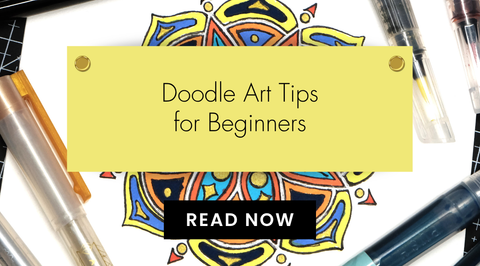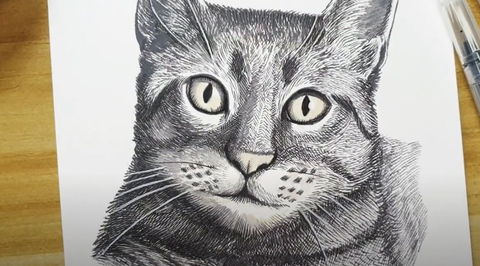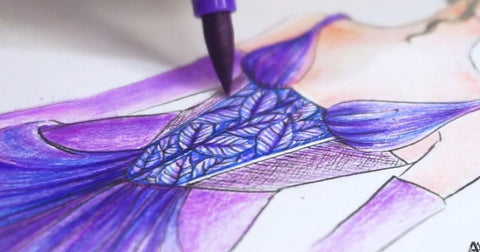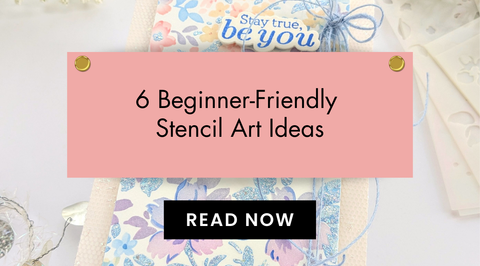The Power of Pencils: Colored Pencil Techniques for a Stunning Artwork
Last Updated: October 13, 2025

In the modern world of art, the digital realm, with its technology and its convenience, often takes center stage. Yet despite that, traditional modes and techniques of art live on. For one, the humble pencil continues to hold a special place in the hearts of artists.
Colored pencils, in particular, offer a unique and versatile medium for creating stunning artwork. From vibrant illustrations to detailed portraits, beginners and professionals both agree – the power of the pencil knows no bounds.
Today, let’s explore the diverse and captivating world of colored pencil techniques that can elevate your art to new heights.
Understanding Your Medium: The Anatomy of Colored Pencils
Before delving into techniques, it's essential to understand the medium itself.
Traditionally, colored pencils consist of a pigment core encased in a wooden barrel, just like how regular pencils are made of graphite encased in wood. They are excellent tools that add vibrant colors and fine details to drawings, and they can be layered and blended to achieve various effects.
The core can vary in hardness, affecting the intensity of color and the ease of blending. Additionally, the wax or oil binder in the core influences the pencil's texture and behavior on paper.

Recent developments, however, have given rise to woodless pencils. In particular, woodless graphite pencils consist of pure graphite and fine clays, featuring a lacquered exterior. These pencils boast exceptional drawing and sketching capabilities for both amateur and professional artists.
Similarly, woodless colored pencils are single pigments encased in lacquer. They are ideal for detailed artwork, broad and expressive strokes, and shading techniques. Conventional sharpeners work with them just fine, and you can even use the shavings for smudging and blending colors.
It’s important that we first familiarize ourselves with these aspects and qualities of colored pencils. It will give you greater control over your artwork.
Layering: Building Depth and Dimension

One of the key strengths of colored pencils lies in their ability to be layered. By gradually building up layers of color, artists can achieve a rich and nuanced spectrum. Furthermore, even with only one color, you can create the illusion of dimension in your artwork through layering.
Start with light pressure for the initial layers, gradually increasing pressure as needed. Layering allows for the creation of smooth gradients and a more realistic representation of light and shadow. Check out this video of how layering adds depth to a piece:
Highlighting and Detailing: Bringing Your Art to Life
Details are the soul of any artwork, and colored pencils excel at capturing the intricacies of a subject. Contours and lines are, after all, fundamental concepts in the world of art. These essential art techniques help artists create and represent the details, forms, and shapes of the artwork’s subject.

Some of these techniques include, but are not limited to:
- Contour Drawing – basically, it refers to drawing an object/subject’s outline, paying close attention to its form, curves, and edges.
- Hatching – a technique of creating parallel lines to indicate value and shading; wider spacing for lighter areas, while closer lines for darker tones.
- Cross-Hatching – as the name suggests, it is the technique of adding intersecting lines for a more nuanced result.

Utilize lighter shades to add highlights and bring attention to specific areas. A well-placed highlight can enhance realism and draw the viewer's eye to focal points within the composition. Also, take your time with fine lines and details, as they contribute significantly to the overall impact of your piece.
Blending Techniques: Smooth Transitions and Textures
Colored pencil blending techniques can transform your artwork from ordinary to extraordinary. An example is the use of chiaroscuro, a technique of using strong contrasts to create dimensional effects. Having the proper representation of shadow and light in your artwork lets you create the illusion of depth, dimension, and form.

Use blending stumps, tortillions, or even your fingers to blend colors seamlessly. Experiment with various strokes, such as circular motions or hatching, to achieve different textures. Blending not only enhances the overall aesthetic but also adds a professional polish to your work.
Burnishing: Achieving a Polished Finish
To achieve a polished and glossy finish, consider employing the burnishing technique. This involves applying heavy pressure to the colored pencils, essentially filling the tooth of the paper and creating a smooth, almost painterly effect.

Burnishing is particularly effective for creating vibrant, saturated colors and is a valuable tool for artists seeking a refined and professional look in their work. To help you practice, here are 10 Drawing Prompts to Enhance Your Artistic Skills.
Humble Pencil, Powerful Tool
In a world filled with advanced digital tools, the traditional colored pencil remains a powerful and accessible medium for artists of all levels. By mastering these colored pencil techniques, you can unlock a world of creativity and produce artwork that captivates and inspires.

Pick up your pencils, experiment with these techniques, and watch as your artistic vision comes to life on paper. The power of pencils is timeless, and with dedication and practice, you'll discover the endless possibilities they offer for creating truly stunning artwork.
Find more ideas and inspiration here at The Creative Corner – from colored pencils and beyond. Happy coloring!






